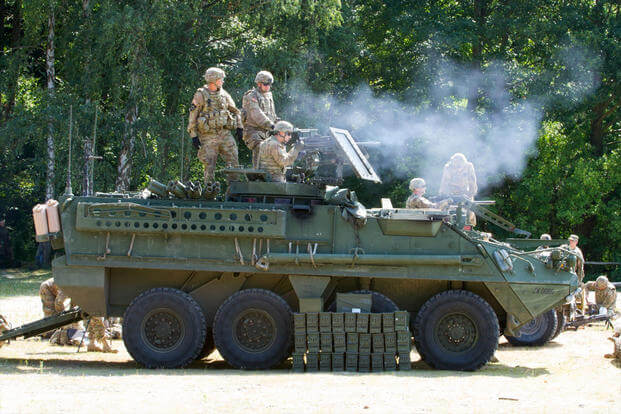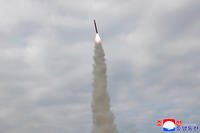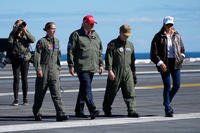Beta test in the field first. Fix the bugs along the way.
That's what the U.S. Army's 2nd Cavalry Regiment is doing to its latest weapons programs in Europe as Russia actively keeps its hybrid war alive, the head of one of the service's Stryker infantry units said Monday.
"Being forward deployed in Europe gives us a unique position," Col. Patrick J. Ellis, the regiment's commander, said at the Association of the United States Army's 2017 annual meeting.
"It gives us a unique perspective of our adversaries," he said, adding, "we kind of know who the enemy is, we look a lot at the Russians and Russian aggression."
The Vilseck, Germany-based Stryker unit, which has been tasked with testing new technologies to counter Russia's advances, currently has one battalion in the "enhanced forward presence" in northern Poland as part of a NATO requirement enacted at the Warsaw Summit in 2016, Ellis said.
Yet Ellis noted the Army has found itself coming up short in electronic warfare, counter drone and air defense technology when it comes to confront the Russian threat. That's been especially true in recent years thanks to budget cuts.
And the U.S.'s weapons strength is still not perfect, he said.
Related content:
- Army Leaders to Create New Command to Fix Modernization Woes
- Mattis: Splitting DoD's Acquisition and Research Will Aid Warfighting
- US Army Chief Says Russia War Games Broke Observer Rules
"We went back and identified these requirements, and were also very willing to test, evaluate and then provide feedback early on in the process," Ellis said.
Since Russia invaded Crimea in 2014, the Army has bolstered a few technologies that have proved useful: counter unmanned aerial vehicle mobile integrated capabilities, better known as CMIC.
The "rapid prototype" vehicles designed to counter unmanned aircraft systems joined the unit's Strykers this spring. They provided new "radios, computers, 3-D mapping, and full-motion video receivers, along with advanced electronic capabilities," the Army said at the time of their deployment.
The 2nd Cav -- one of the Army's two maneuver brigades -- was among the first infantry units to test that vehicle and provide input to get "software rewritten so that it's doing what we need to do," Ellis said.
He did not specify what needed to be reprogrammed.
Ellis said he's seen similar progress in smoothing kinks on the prototype Dragoon version of the General Dynamics Land Systems-made Stryker Infantry Carrier Vehicle, which has been amplified with a 30-millimeter cannon.
"We've been involved in that process since the very beginning," he said of the gun, which is expected to be operational by 2018.
"We just recently allowed some of our soldiers to go out, go back and shoot the weapons system and provide feedback to the guys building that system," he said, referencing the cannon's maker, Kongsberg.
Doug Wiltsie, director of Army Rapid Capabilities Office, said it's a new way to provide deterrence in ways the 'enemy' wouldn't expect.
In addition to a massive electronic warfare package that is set to be completed in phases in coming months, the capabilities office is "working a second effort, called Titan, for the 2 CR dealing with GPS in a GPS denied environment" which relays position navigation solutions in an Anti-Access Aerial Denial situation, Wiltsie said.
"It's under contract starting with Stryker, and then we'll put it in the other ground combat vehicles," Wiltsie said.
The process overall -- live test first, perfect along the way -- is what's giving the Army leverage.
"We're getting systems in our hands, in the hands of our soldiers, so that we're ready to use these tools. And it's much more aggressive than we've seen in the past," Ellis said.






























